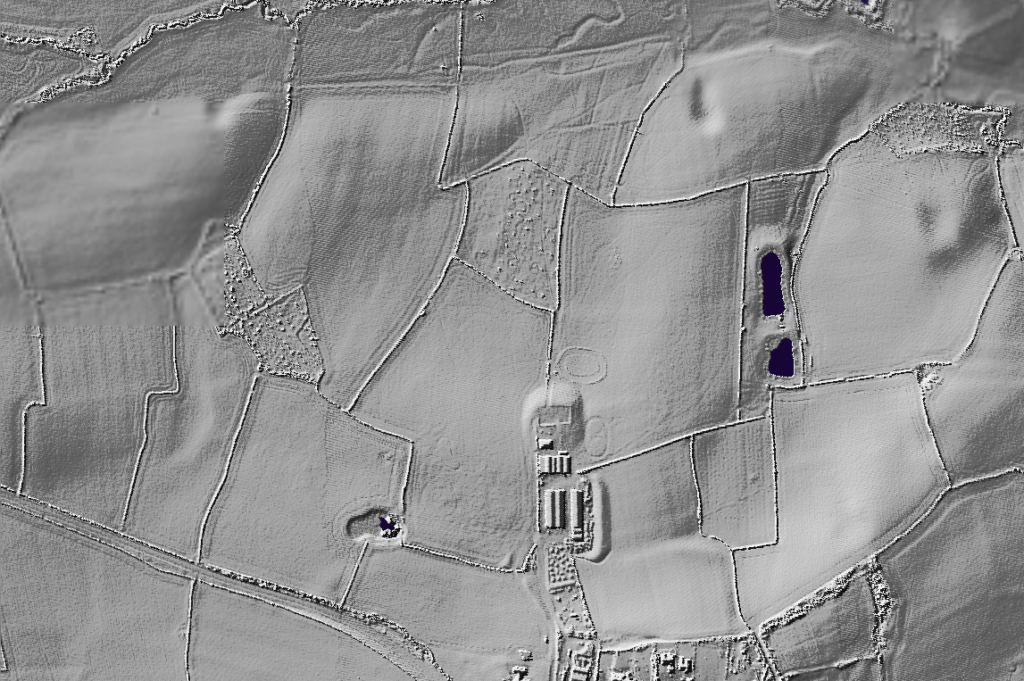Ever wanted to become an archaeologist? There has never been a better time to do it, and the best part about it is that you don’t even have to leave your home.

Nowadays, archaeologists don’t just go around and start digging. A lot of archaeology uses modern technology to find buried structures and artifacts. Digital data has become an integral part in archaeological research and a lot of that data is available for free, online.
Oh, did I mention that much of this data has never been analyzed?
Some of this data is represented by aerial LIDAR maps. LIDAR is a remote sensing technology that uses laser light to create a 3D representation of the earth’s surface. A laser pulse is sent from a flying device like a drone, measuring the time it takes for the pulse to be reflected back to the device. This reveals features that may not be visible to the human eye — including archaeological features.
LIDAR data isn’t always acquired for archaeological purposes. It can be used in agriculture, soil science, mining, conservation, and even law enforcement. Several countries have a national LIDAR grid, mostly for assessing environmental hazards. Now, a team led by the University of Exeter is working with volunteers to use national LIDAR data from the UK to look for archaeological features. It’s working wonders.
So far, volunteers have uncovered parts of two Roman roads, 20 prehistoric burial mounds, and 30 or so Roman settlements and enclosures, as well as various medieval farms and fields. Whenever a feature is discovered, it is analyzed by professional archaeologists and compared with historical databases. Since there is so much data to go through, this helps researchers save a lot of time, and offers everyone the chance to be an amateur archaeologist.
Project leader Dr Chris Smart from the University of Exeter told Heritage Daily:
“I am very grateful to our team for their efforts and am glad that we could continue to do volunteer-led research in these unsettling times, at the current rate we expect them to recognise hundreds of new archaeological sites in the coming month or two.”
“The project’s current focus is the Tamar Valley, but this has been extended to include a broad swathe of land between Bodmin Moor and Dartmoor, Plymouth and Barnstaple – about 4000 sq.km in all.

Another way in which we can help archaeologists from the comfort of our homes is merely by looking at Google Earth data.
Sometimes, archaeological features are visible directly on Google Earth data (especially in very hot, droughty years), that’s freely available to everyone with an internet connection.
They’re not easy to find — you have to know where to look, develop an eagle eye, and get a bit lucky. But then again, you get the chance to find ancient history from your computer, which doesn’t happen every day.









